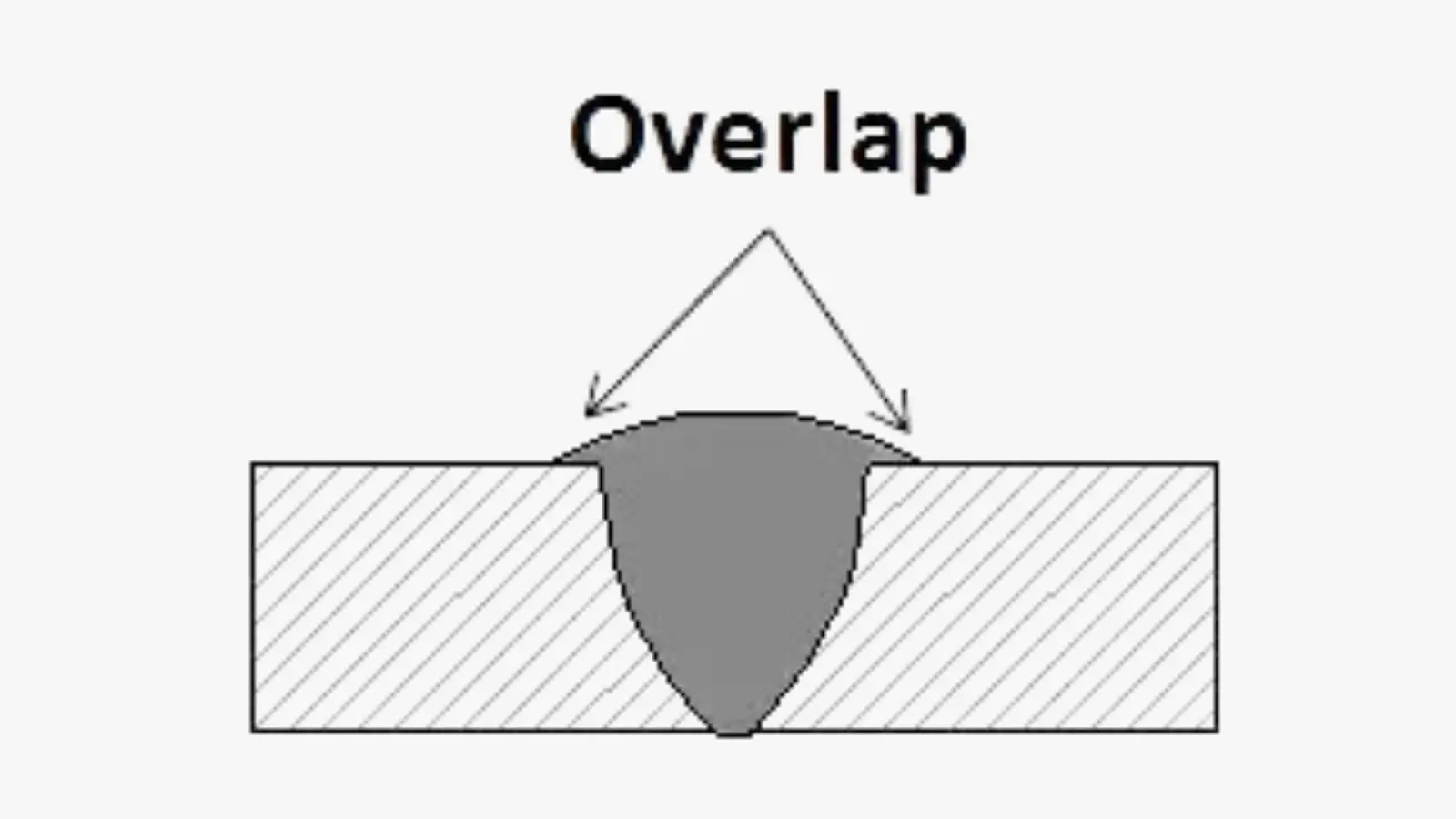Complete Overview to Preventing Weld Undercut: Tips and Techniques
Complete Overview to Preventing Weld Undercut: Tips and Techniques
Blog Article
Comprehending the Causes and Solutions for Undercut Welding in Steel Fabrication Procedures
In the realm of steel construction processes, the event of undercut welding postures a substantial difficulty that requires a detailed understanding of its causes and sensible remedies. The intricate interaction of numerous elements throughout welding procedures can result in this unfavorable phenomenon, affecting the architectural integrity and general high quality of the welded joints - Preventing weld undercut. By exploring the origin of undercut welding and discovering reliable remedial actions, fabricators can elevate the requirement of their handiwork and make sure the production of remarkable steel components
Typical Reasons For Undercut Welding
Regularly ignored in steel fabrication, undercut welding takes place because of different variables that require thorough focus and know-how to be properly minimized. One typical root cause of undercut welding is too much warmth input. When the warmth input is expensive, it can bring about the melting and subsequent disintegration of the base material along the sides of the weld joint, creating a groove or undercut. In addition, improper welding strategies, such as making use of the incorrect welding angle or travel speed, can also add to undercut development. Poor securing gas protection is another key element that can cause damaging. Insufficient gas protection fails to protect the weld pool adequately, bring about oxidation and undercut defects. Moreover, the choice of welding parameters, such as voltage, current, and cable feed rate, plays a significant function in the occurrence of undercut welding. Understanding these typical causes is essential for applying preventative actions and ensuring top notch welds in steel construction processes.
Impact of Incorrect Welding Parameters
Incorrect welding specifications can substantially compromise the stability and quality of welded joints in metal construction procedures. The effect of incorrect welding criteria materializes in various methods, leading to architectural weaknesses and defects in the welded elements. One vital facet impacted by incorrect welding parameters is the infiltration depth of the weld. Insufficient warmth input as a result of low welding currents or exceedingly high travel rates can result in inadequate combination between the base metals, bring about insufficient joint penetration and weakened bonds. On the other hand, extreme heat input triggered by high welding currents or slow travel speeds can cause burn-through and extreme support, creating a weak and unpredictable weld structure. Additionally, wrong criteria such as improper voltage setups or wrong electrode angles can add to erratic weld grain profiles, lack of fusion, and raised chances of problems like damaging. Therefore, meticulous interest to welding parameters is critical to guarantee the production of premium welds with the wanted mechanical residential or commercial properties and architectural honesty.
Effect of Improper Torch Angle
Improper lantern angle in welding procedures can dramatically impact the quality and integrity of the final weld joints in metal fabrication procedures. Damaging is a typical welding problem where a groove forms along the weld toe, deteriorating the joint and jeopardizing its structural stability.
A torch angle that is as well high can cause insufficient penetration, incomplete combination, and boosted spatter. resource On the other hand, a torch angle that is as well shallow can cause excessive infiltration, burn-through, and distortion of the base product. Preventing weld undercut. Proper torch angle is important for making sure regular weld high quality, strength, and appearance
To stop damaging and various other flaws triggered by incorrect lantern angles, welders need to be educated to keep the correct torch angle throughout the welding process. Regular monitoring and change of torch angles during welding can aid attain sound welds with very little issues.
Role of Inadequate Welding Strategies

One more facet of insufficient welding techniques is improper weld preparation. Inadequate cleaning of the base metals, incorrect joint layout, or not enough edge preparation can all add to undercut welding. Poor shielding gas protection or using the incorrect kind of gas can result in incomplete blend and the development of undercut defects.
To resolve the duty of insufficient welding techniques in steel manufacture procedures, it is necessary to give thorough training for welders. Appropriate education and learning on welding parameters, joint preparation, and securing gas option can assist avoid undercut welding and ensure high-quality welds in metal fabrication tasks.
Effective Solutions for Undercut Welding
Dealing with undercut welding in steel construction requires executing effective remedies Get More Information to enhance weld high quality and architectural honesty. Among the main services to battle undercut is to adjust welding specifications such as voltage, existing, and travel rate to guarantee proper heat input and combination. By fine-tuning these settings, welders can avoid excessive melting of the base metal and filler material, decreasing the likelihood of undercut formation.
Additionally, appropriate joint prep work is critical in preventing undercut. Making sure clean base steel surface areas without pollutants and making use of the proper bevel angle can assist promote much better weld infiltration and decrease the risk of undercut - Preventing weld undercut. Using suitable welding strategies, such as weaving or oscillating the lantern, can also aid in distributing warmth equally and filling the weld joint sufficiently, reducing the possibility of undercut issues
Moreover, selecting the proper welding consumables, including electrodes and filler metals, is necessary in reducing undercut. Utilizing products with suitable chemical make-ups and mechanical residential properties can add to achieving sound welds with minimal undercut. Routine assessment and quality assurance steps ought to likewise be implemented to spot and address undercut problems promptly, ensuring the total integrity of made metal components.

Conclusion
In verdict, understanding the reasons and solutions for undercut welding in steel manufacture processes is important for accomplishing high-grade welds. By dealing with typical reasons such as inaccurate welding criteria, incorrect torch angle, and insufficient welding techniques, welders can prevent damaging and make certain solid, long lasting welds. It is vital to take note of these variables and execute reliable services to enhance the general welding procedure and final product quality.

Report this page